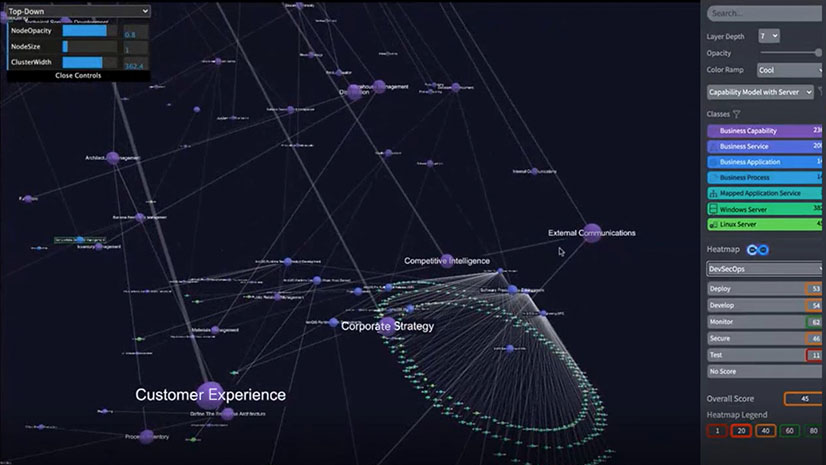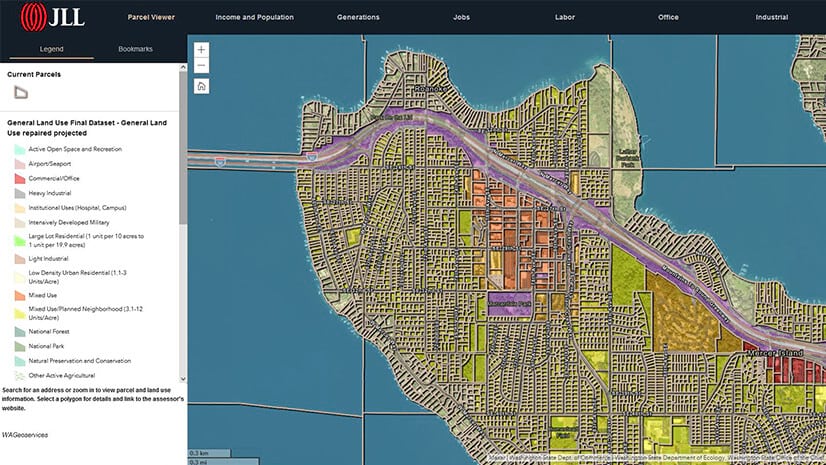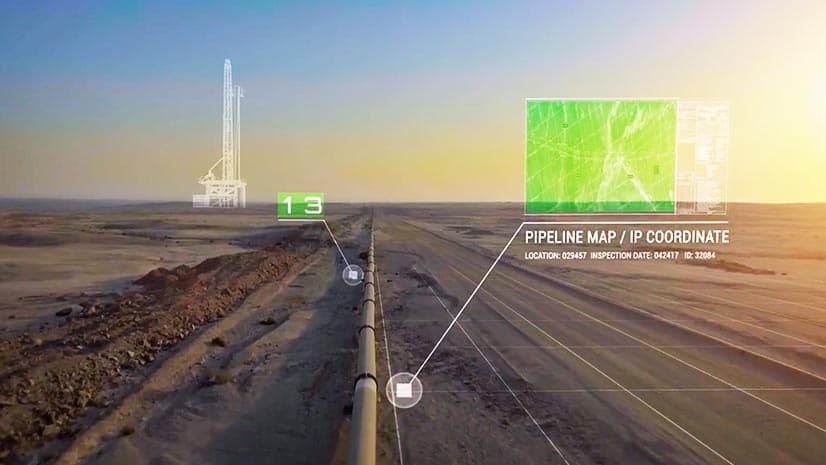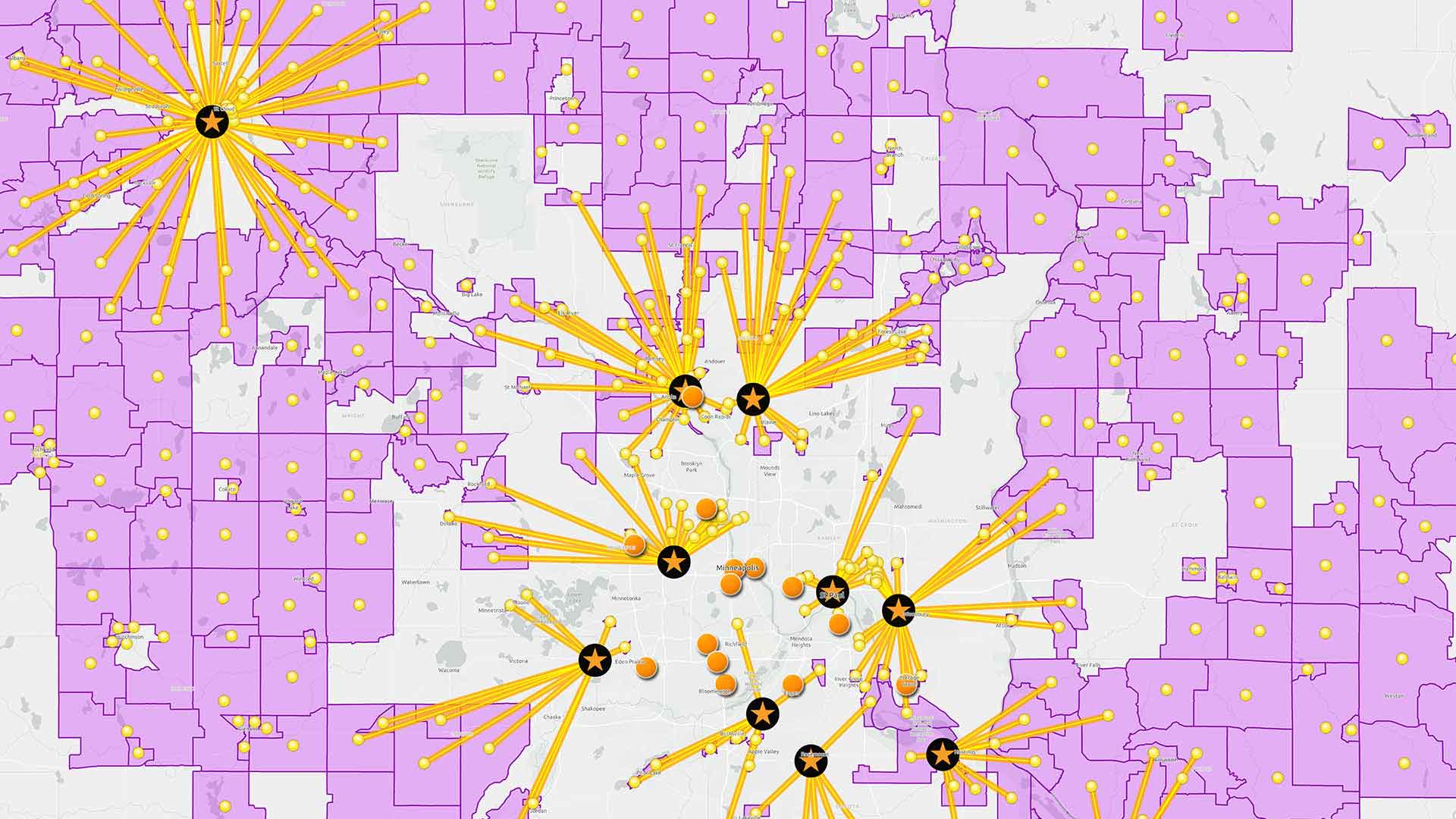Executives might be overlooking some of AI’s most valuable uses, according to a recent article in Harvard Business Review (HBR).
While generative AI gets headlines for boosting productivity, analytical AI—like machine learning and deep learning—often delivers clearer business benefits, says HBR. It’s particularly effective for forecasting outcomes from the structured data that drives key business decisions, from sales figures to asset values to inventory levels. Leaders rely on such data to make decisions with bottom-line impact in areas from risk management and market expansion to capital investments.
What’s more, many companies already have analytical AI in their existing systems. For example, geographic information system (GIS) software uses geospatial AI, or GeoAI, to map and analyze business data about store locations, supply chains, and logistics.
As businesses increase AI spending, HBR recommends using the two types together: analytical AI to process data, and generative AI to make those insights accessible through natural conversation.
Analytical AI, Generative AI: Getting the Best of Both
HBR describes how a major telecommunications company built a custom generative AI tool that answers questions about company data by automatically generating and running statistical analysis code.
Enterprise systems like GIS could provide this capability without requiring custom solutions.
GIS has long excelled at harnessing GeoAI to answer critical business questions by examining large datasets, identifying trends, and modeling outcomes. For example, it can analyze historical climate data to predict weather patterns—crucial for understanding physical risk in industries like insurance or utilities. Or, it can produce sales forecasts by interpreting data like storefront locations, customer transactions, and local demographics and psychographics.
Historically, running GeoAI analyses has required GIS or data science expertise. Visualizing the findings involved making maps—a professional specialty of its own. Now, GIS incorporates generative AI interfaces, allowing nontechnical users to query data and make effective maps, freeing up GIS professionals for more strategic projects.
Generative AI, HBR points out, is particularly useful for enhancing productivity in creative tasks. Through generative AI, users can ask for analyses and interact with the output, adding or removing datasets and emphasizing key findings—speeding up time to insight.
Generative AI Accelerates Adoption and Democratizes Data
The HBR article notes that while analytical AI delivers measurable value, generative AI helps build support for it. Leaders interviewed by the authors said the attention on generative AI actually helped them gain backing for other AI projects, especially since nontechnical stakeholders now better understand AI’s potential.
Ultimately, the two types of AI play complementary roles. Analytical AI works behind the scenes, while generative AI raises the technology’s profile, powering interfaces that extend the value of AI analyses to more end users.
With both types of AI available in systems like GIS, employees at all levels of the business can be empowered to make more informed decisions, share insights, and drive innovation.
The Esri Brief
Trending insights from WhereNext and other leading publicationsTrending articles

December 5, 2024 |

July 25, 2023 |

November 12, 2018 |

April 1, 2025 |

April 29, 2025 |

February 1, 2022 |





